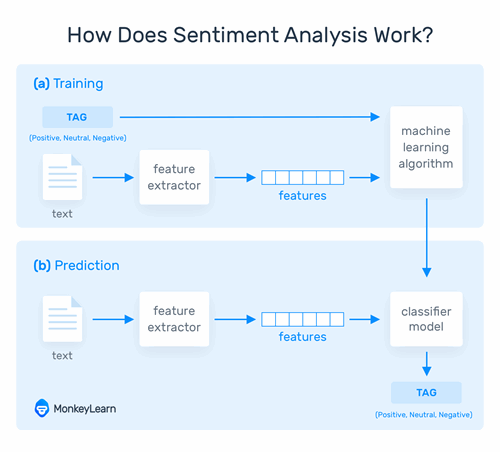Extended reality (XR) behavioural therapy & healthcare UX

Welcome to the third chapter of our 4-part Healthcare UX design series. In this series, we review the latest technology trends in digital healthcare and explore how UX design will support those trends as they develop.
In this blog post, we turn our attention to Extended reality (XR) and its application in behavioural therapy, examining how UX design can forge greater access and effectiveness of the technology for patient outcomes.
If you’ve missed the previous instalments, you can catch up on Parts 1 and 2 here:
You can also jump into learning more about Fluent's experience in the digital healthcare sector here.
What is XR and how is it used in healthcare
XR, encompasses Augmented Reality (AR), Virtual Reality (VR), and Mixed Reality (MR). Whilst, VR immerses users in a computer-generated environment, AR overlays digital information onto the real world and MR blends elements of VR and AR.
A strain on traditional healthcare systems necessitates a shift towards patient-centric digital alternatives. XR not only provides immersive therapeutic experiences but also addresses the accessibility bottleneck, allowing patients to receive timely interventions without the constraints of crowded hospital schedules.
These technologies are redefining the healthcare sector, offering personalised and flexible solutions that alleviate the burden on overworked systems, ensuring a more accessible and tailored approach to patient care.
How user experience design promotes better outcomes in behavioural therapy
Sorry to interrupt…
If you like what you've read so far, join us on LinkedIn to talk all things digital product development with our team of experts.
Reduced pressure on healthcare services
XR technologies are transforming the delivery of healthcare services and in particular, its growing prominence in behavioural therapy. The technology is gaining recognition for its unique capabilities, offering a two-fold advantage.
Firstly, it can create virtual scenarios in a controlled environment, replicating some of the real-world psychological challenges patients face, all while being guided by a trained therapist. Secondly, it allows for the delivery of treatment either from the patient's home or the therapist's location, fostering flexibility and accessibility.
Validating patient outcomes
The integration of innovative technologies into healthcare demands rigorous validation of their impact on patient outcomes. Therefore it is essential to establish a robust process for collecting and analysing product feedback.
Product managers/owners play a pivotal role in this process, steering the course of evidence-based assessments to optimise the overall experience and effectiveness for the outcome of patient recovery.
Making informed decisions from high-res data
When accessing innovative healthcare technology, it's important to recognise the significance of complementary software systems; including patient management platforms.
These platforms play a significant role in supporting UX requirements for digital healthcare products whilst supporting the efficacy of treatment. One known method to evaluate healthcare technology in this scenario is through sentiment analysis.
A sentiment analysis is the process of analysing digital text to determine if the emotional tone of the message is positive, negative, or neutral.

By using data from the patient management platform, a sentiment analysis can help product owners classify the emotional and psychological impact of healthcare XR on patients. The idea here is to draw inferences simply, to build out future UX design requirements.
Real-world case study: Fluent and Oxford VR
In 2019, Oxford VR was created to expand on promising digital healthcare research coming from The University of Oxford. Using VR headsets, patients with conditions like vertigo or agoraphobia were accessing live therapy and coaching in virtual environments.
The technology involved rigorous testing through clinical trials, supported by a comprehensive patient management platform built by Fluent. Features included:
-
Patient onboarding and self-registration
-
Suitability questionnaires
-
Appointment booking and confirmation
-
Post-session notes and follow-up exercises
-
Trial data analysis
Fluent supported Oxford VR throughout the early stages of growth, helping realise new ideas to meet the realities of patient demands. Read the full case study here.
The continuing story of digital therapy
Digital therapy is changing the healthcare landscape through innovation, adaptability, and a commitment to improving patient outcomes. As we look towards the future, the potential for XR to reshape the landscape of behavioural therapy is both exciting and promising.
Our key takeaway from years of working in the digital healthcare space is that we have a collective responsibility to advance healthcare technology ethically and effectively with empathy, technology, and patient-centric design at the heart of this movement.
Ready to solve your problems?
We'll help meet the challenges facing your growing business. Get in touch and tell us what you need, the team can't wait to hear from you.


